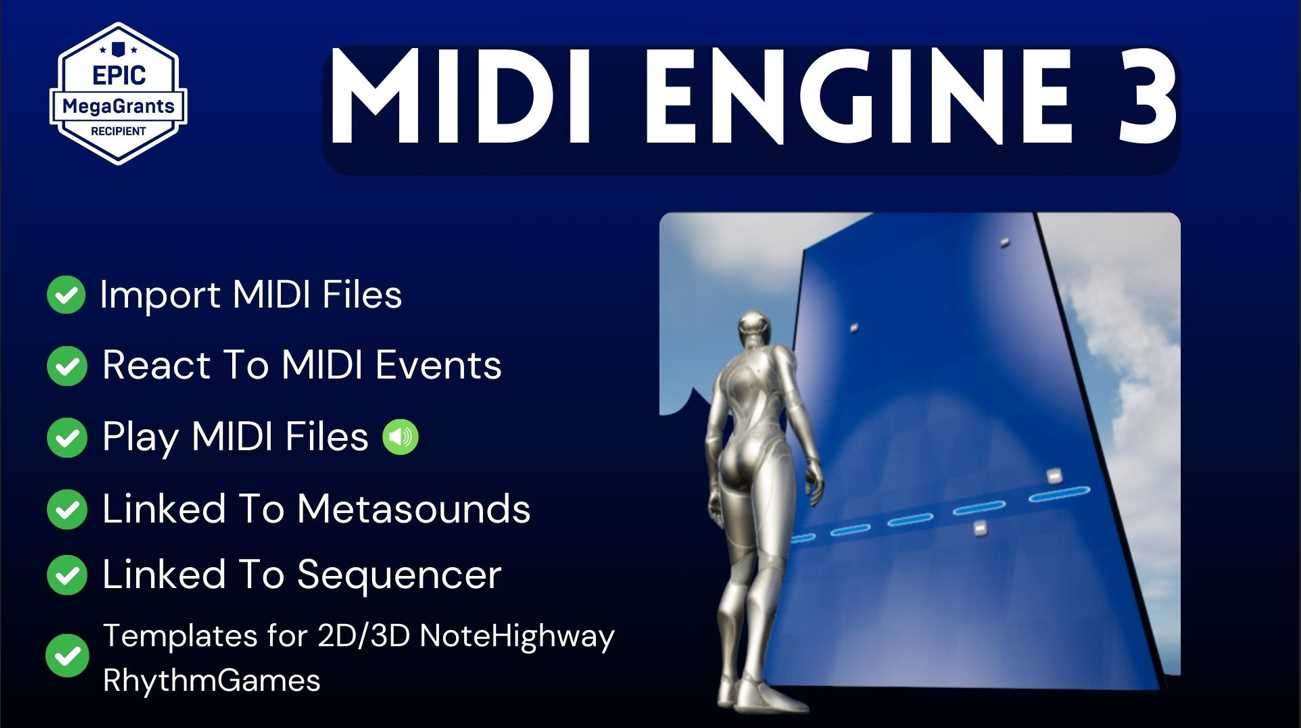In dynamic game environments, controlling physics simulations and collision behaviors at runtime is essential. This article explores how to enable and disable physics and collision settings in Unreal Engine for various gameplay scenarios, and discusses the different functions and settings that can be utilized.
Understanding Runtime Control of Physics and Collisions
Runtime control allows for dynamic interaction changes in the game world, such as toggling physics for objects under certain conditions or modifying collision responses based on gameplay events.
Techniques for Controlling Physics and Collisions
Enabling/Disabling Physics Simulation:
- Use Case: Transitioning an object from a static state to a physically interactive state (e.g., a static wall becoming destructible).
- Functions and Settings:
- Use the
SetSimulatePhysicsfunction to toggle physics simulation on an object. - This function is typically called on the object’s primary physics component, like a Rigidbody.
- Use the
Modifying Collision Responses at Runtime:
- Use Case: Changing how objects interact with each other during different game phases (e.g., making a character intangible to pass through walls).
- Functions and Settings:
- The
SetCollisionResponseToChannelfunction allows you to dynamically change how an object responds to collision with specific channels. - Use
SetCollisionEnabledto toggle collision detection entirely.
- The
Adjusting Physics Properties Dynamically:
- Use Case: Altering physics behavior based on in-game events (e.g., changing gravity effect on an object).
- Functions and Settings:
- Adjust properties like mass, bounciness, and friction using functions like
SetMassOverrideInKgor directly changing properties on the physics component. - The
SetGravityScalefunction on the Projectile Movement Component can dynamically change the effect of gravity on projectiles.
- Adjust properties like mass, bounciness, and friction using functions like
Activating/Deactivating Ragdoll Physics:
- Use Case: Switching character models between animated and ragdoll physics upon certain events like defeat.
- Functions and Settings:
- Use
SetAllBodiesSimulatePhysicsto activate ragdoll physics on a skeletal mesh. - Control individual body parts with functions like
SetSimulatePhysicson specific bones.
- Use
Triggering Physics Events Based on Collisions:
- Use Case: Initiating physics-based events when objects collide (e.g., explosion on impact).
- Functions and Settings:
- Implement collision detection events like
OnComponentHitorOnComponentBeginOverlap. - Inside these events, apply physics forces or change properties based on the nature of the collision.
- Implement collision detection events like
Watch the below video that showcases working with collisions and physics at runtime.
Conclusion
Controlling physics simulations and collision responses at runtime in Unreal Engine enables developers to create more dynamic and interactive game environments. By understanding and utilizing various functions and settings, you can orchestrate complex physical interactions and behaviors that respond to the evolving gameplay scenarios. Experimentation and testing are key to mastering these dynamic elements in your game’s design.

